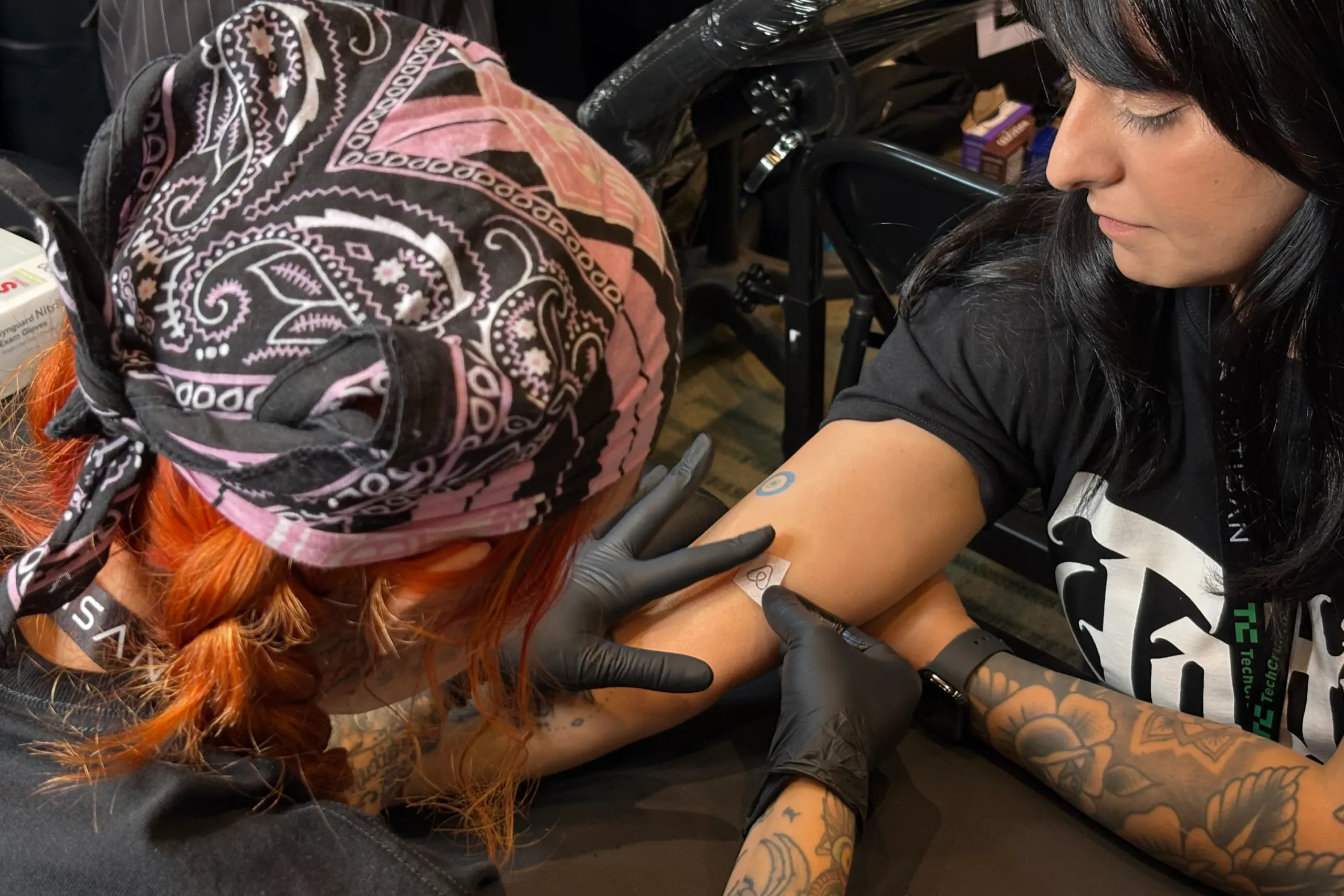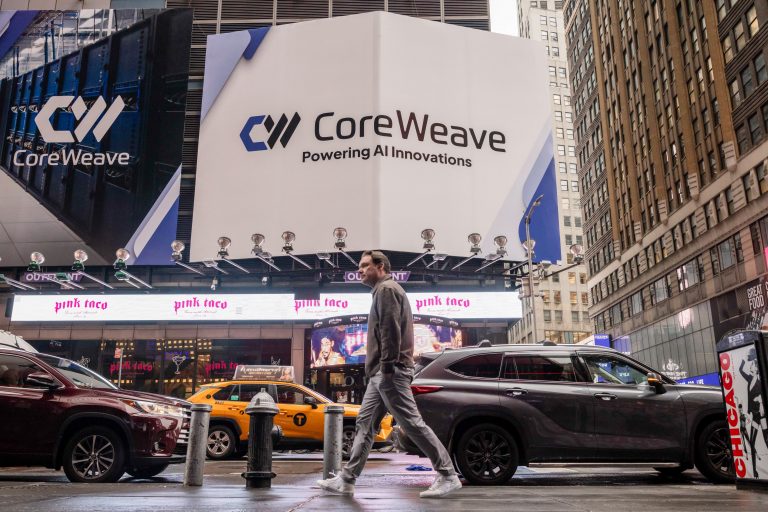Lincoln Center Welcomes New Wave of Collider Fellows to Explore Technology’s Role in Performing Arts
At a time when debates about technology’s influence on arts and culture continue to spark concern, the Lincoln Center for the Performing Arts is embracing innovation through its Collider Fellowship. The program invites multi-disciplinary artists to reimagine how emerging technologies can transform live performance and the broader creative landscape.
The institution has announced its second class of Collider Fellows, featuring six artists whose practices span virtual reality, artificial intelligence, and immersive 4DSound experiences. Over the next nine months, these fellows will receive studio space at Lincoln Center and Onassis ONX, financial stipends, and direct support from the center’s staff as they push the boundaries of artistic expression.
“We’re excited about this group because they are not only thinking about their own work, but also about how it fits into a larger conversation between art and technology,” said Jordana Leigh, Lincoln Center’s Vice President of Programming.
While many in the art world express unease over artificial intelligence, Leigh said she views it as an opportunity. “I see AI as another tool — like a paintbrush or sound mixer — that artists can use to extend their vision. In many cases, the technology is finally catching up to what artists have imagined for years.”
Leigh cited Dream Machine by Nona Hendryx — a Lincoln Center commission combining AI, VR, and augmented reality — as a powerful example. The project immersed audiences, particularly Black and Brown communities, in Afrofuturist environments, showcasing how art can encourage underrepresented groups to see themselves in technology.
The Collider Fellowship is designed to support exploration without demanding final outcomes. Some artists in the inaugural class produced multiple prototypes, while others used the period for research and reflection. Leigh emphasized that both approaches reflect the fellowship’s goal of nurturing creativity in non-transactional ways.
Here are the six newly selected Collider Fellows and their focus areas:
⦁ Cinthia Chen: Multidisciplinary artist and technologist combining performance, installation, and projection to explore memory, identity, and spiritual futurism.
⦁ Sam Rolfes: Virtual performer and co-director of Team Rolfes, known for motion-capture performances and collaborations with artists like Lady Gaga and Metallica.
⦁ James Allister Sprang: The first U.S.-based artist to work with 4DSound, creating immersive sensory experiences that examine diasporic timelines and Black interior life.
⦁ Stephanie Dinkins: Transdisciplinary artist and educator exploring technology, race, and future histories. Recently named one of Time Magazine’s 100 Most Influential People in AI.
⦁ Kevin Peter He: Artist working across film, performance, and game engines, exploring how urban spaces and technology shape storytelling and embodiment.
⦁ Dr. Rashaad Newsome: Whitney Biennial alum blending collage, performance, AI, and robotics to examine Black and Queer cultural expression.
Looking ahead, Leigh suggested that the Collider Fellowship may help Lincoln Center expand its reach globally, even as she continues to prioritize location-based experiences with VR, AR, and extended reality.
“I don’t think we’re closing the door to anything,” she said.
Source: Techcrunch
news via inbox
Get the latest updates delivered straight to your inbox. Subscribe now!




